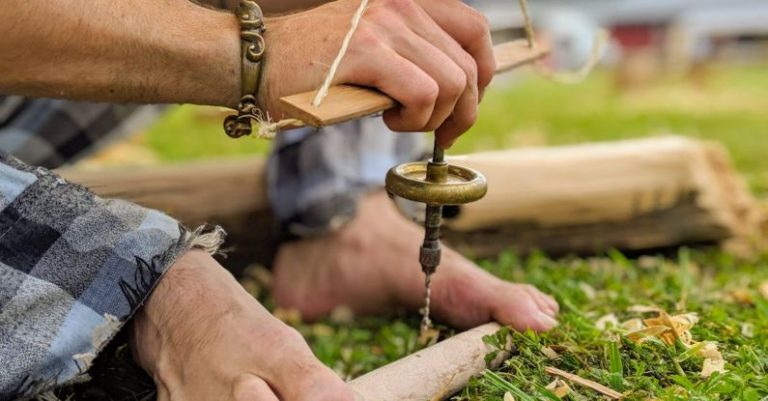Can You Teach Yourself Blacksmithing at Home?

Blacksmithing, once a crucial trade for crafting tools, weapons, and other metal objects, has seen a resurgence in interest among hobbyists and enthusiasts in recent years. The allure of shaping metal with fire and hammer is undeniably captivating. But can you teach yourself blacksmithing at home? Let’s delve into this craft to see if it’s something you can pick up independently.
Getting Started with Blacksmithing Equipment
Blacksmithing requires specific tools and equipment to practice the craft effectively. While traditional blacksmithing setups include a forge, anvil, hammer, tongs, and various specialized tools, it is possible to start with a basic setup at home. A propane forge, an anvil, a hammer, and a pair of tongs are essential items to begin your blacksmithing journey.
Learning the Basics of Blacksmithing Techniques
Before you start swinging your hammer, it’s crucial to understand the fundamental techniques of blacksmithing. Learning how to properly heat metal in the forge, control the heat, and shape the metal on the anvil are key skills to master. Additionally, understanding different hammer blows, such as drawing out, tapering, bending, and scrolling, is essential for creating various shapes and forms in metal.
Experimenting with Different Metals
While iron and steel are commonly used metals in blacksmithing, you can also work with other metals like copper, brass, and bronze. Each metal has its unique properties and requires different handling techniques. Experimenting with various metals can broaden your skills as a blacksmith and open up new creative possibilities in your work.
Safety First in Blacksmithing
Blacksmithing involves working with high temperatures and heavy tools, making safety a top priority. Wearing appropriate safety gear, such as gloves, safety glasses, and a leather apron, is essential to protect yourself from burns and injuries. It’s also crucial to have a well-ventilated workspace to ensure proper airflow when working with a forge.
Building Your Blacksmithing Skills
Like any craft, blacksmithing requires practice and dedication to improve your skills. Start with simple projects, such as forging a basic hook or nail, to hone your hammer control and metal shaping abilities. As you gain confidence and proficiency, you can move on to more complex projects like making tools, decorative items, or even knives.
Seeking Blacksmithing Resources and Community Support
While teaching yourself blacksmithing at home is possible, seeking out resources and connecting with other blacksmiths can greatly enhance your learning experience. Books, online tutorials, and instructional videos can provide valuable insights and guidance on improving your techniques. Joining a local blacksmithing group or attending workshops and classes can also offer opportunities to learn from experienced blacksmiths and exchange tips and tricks with fellow enthusiasts.
Embracing the Artistry of Blacksmithing
Blacksmithing is not just about shaping metal; it’s also an art form that allows you to express your creativity and craftsmanship. Whether you’re drawn to the rustic charm of traditional blacksmithing or the sleek modern designs of contemporary metalwork, blacksmithing offers a wide range of possibilities for artistic expression. Don’t be afraid to experiment, push your boundaries, and let your imagination guide your work.
In conclusion, while learning blacksmithing at home requires dedication, practice, and a willingness to learn, it is indeed possible to teach yourself this ancient craft. With the right tools, techniques, safety precautions, and a passion for metalworking, you can embark on a rewarding journey into the world of blacksmithing. So, roll up your sleeves, light up the forge, and start hammering away – the art of blacksmithing awaits your creative touch.





